Every time we end up talking about 3D printers, Al Williams starts off on how bad he is in a machine shop. I’m absolutely sure that he’s exaggerating, but the gist is that he’s much happier to work on stuff in CAD and let the machine take care of the precision and fine physical details. I’m like that too, but with me, it’s the artwork.
I can’t draw to save my life, but once I get it into digital form, I’m pretty good at manipulating images. And then I couldn’t copy that out into the real world, but that’s what the laser cutter is for, right? So the gameplan for this year’s Mother’s Day gift (reminder!) is three-way. I do the physical design, my son does the artwork, we combine them in FreeCAD and then hand it off to the machine. Everyone is playing to their strengths.
So why does it feel a little like cheating to just laser-cut out a present? I’m not honestly sure. My grandfather was a trained architectural draftsman before he let his artistic side run wild and went off to design jewellery. He could draw a nearly perfect circle with nothing more than a pencil, but he also used a French curve set, a pantograph, and a rolling architect’s ruler when they were called for. He had his tools too, and I bet he’d see the equivalence in mine.
People have used tools since the stone age, and the people who master their tools transcend them, and produce work where the “human” shines through despite having traced a curve or having passed the Gcode off to the cutter. If you doubt this, I’ll remind you of the technological feat that is the piano, with which people nonetheless produce music that doesn’t make you think of the hammers or of the tremendous cast metal frame. The tech disappears into the creation.
I’m sure there’s a parable here for our modern use of AI too, but I’ve got a Mother’s Day present to finish.




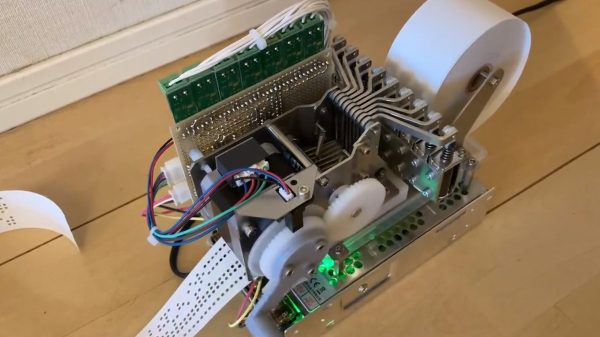
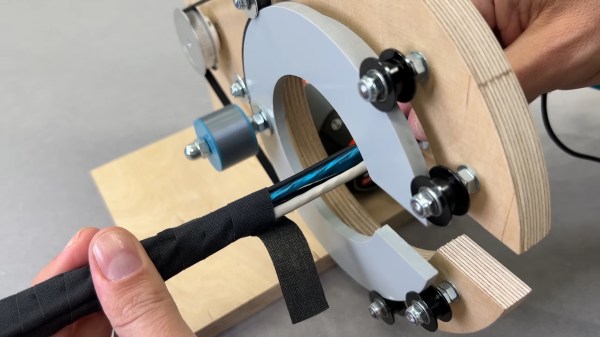
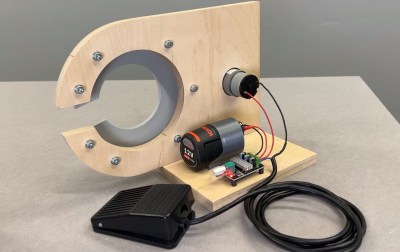
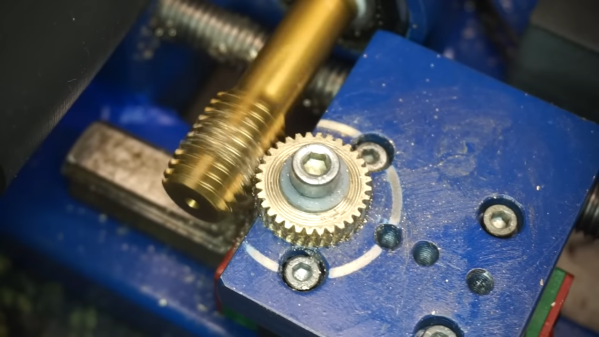
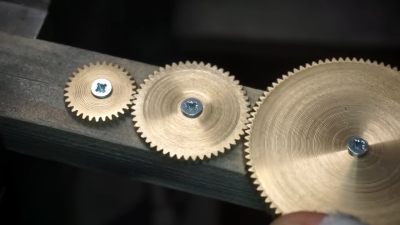 The cutting tool for the job is an M16 machine tap, chosen for the smaller flutes compared to a hand tap. This makes it more suitable for cutting gears. It’s turned by a belt driven pulley, run by a small motor. The workpiece to be cut into a gear is then fed into the cutting tool by sliding on a linear bearing, with its position controlled by a threaded rod. The rod can be slowly turned by hand to adjust the workpiece position, to allow the gear teeth to be cut to an appropriate depth.
The cutting tool for the job is an M16 machine tap, chosen for the smaller flutes compared to a hand tap. This makes it more suitable for cutting gears. It’s turned by a belt driven pulley, run by a small motor. The workpiece to be cut into a gear is then fed into the cutting tool by sliding on a linear bearing, with its position controlled by a threaded rod. The rod can be slowly turned by hand to adjust the workpiece position, to allow the gear teeth to be cut to an appropriate depth.









